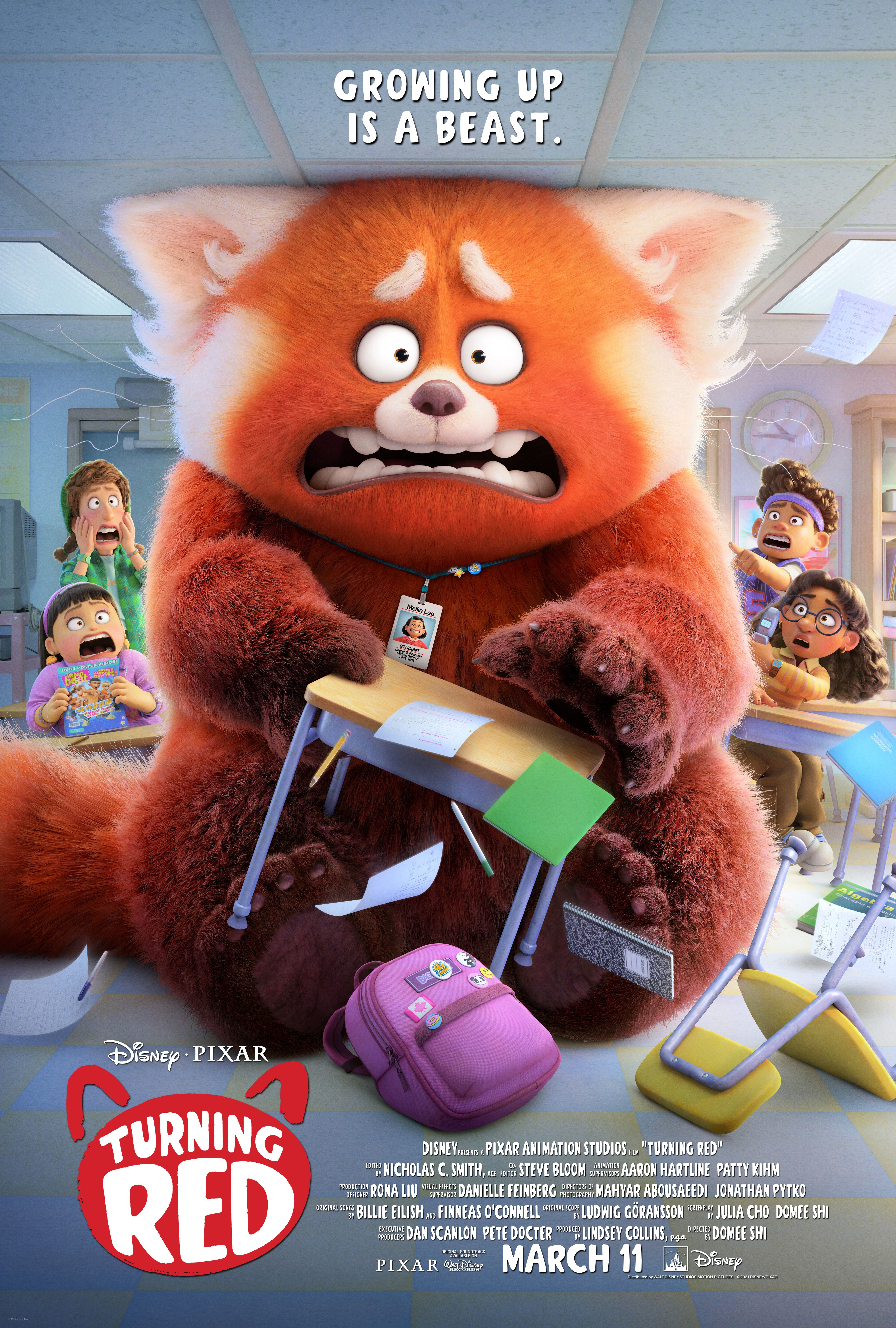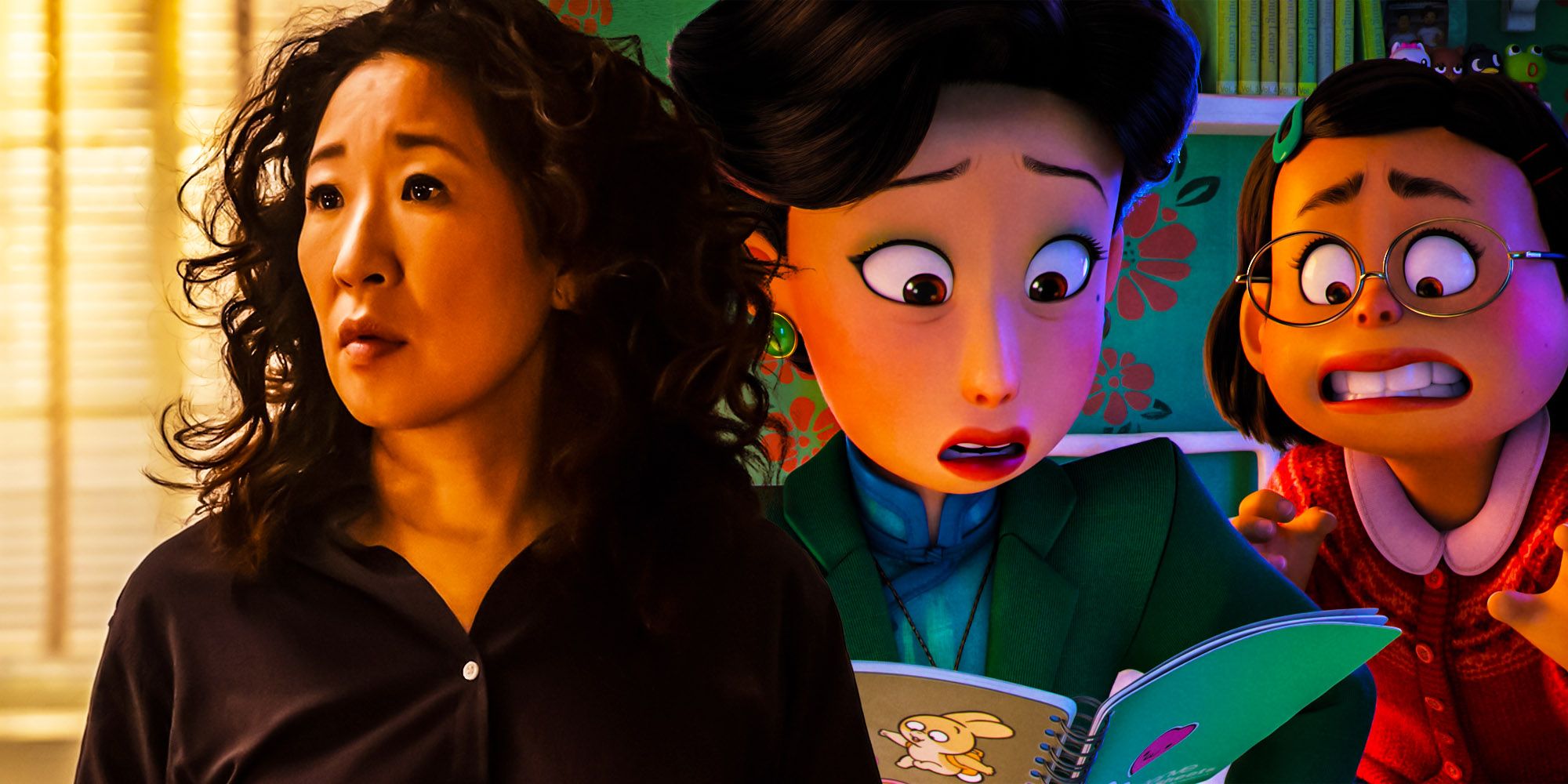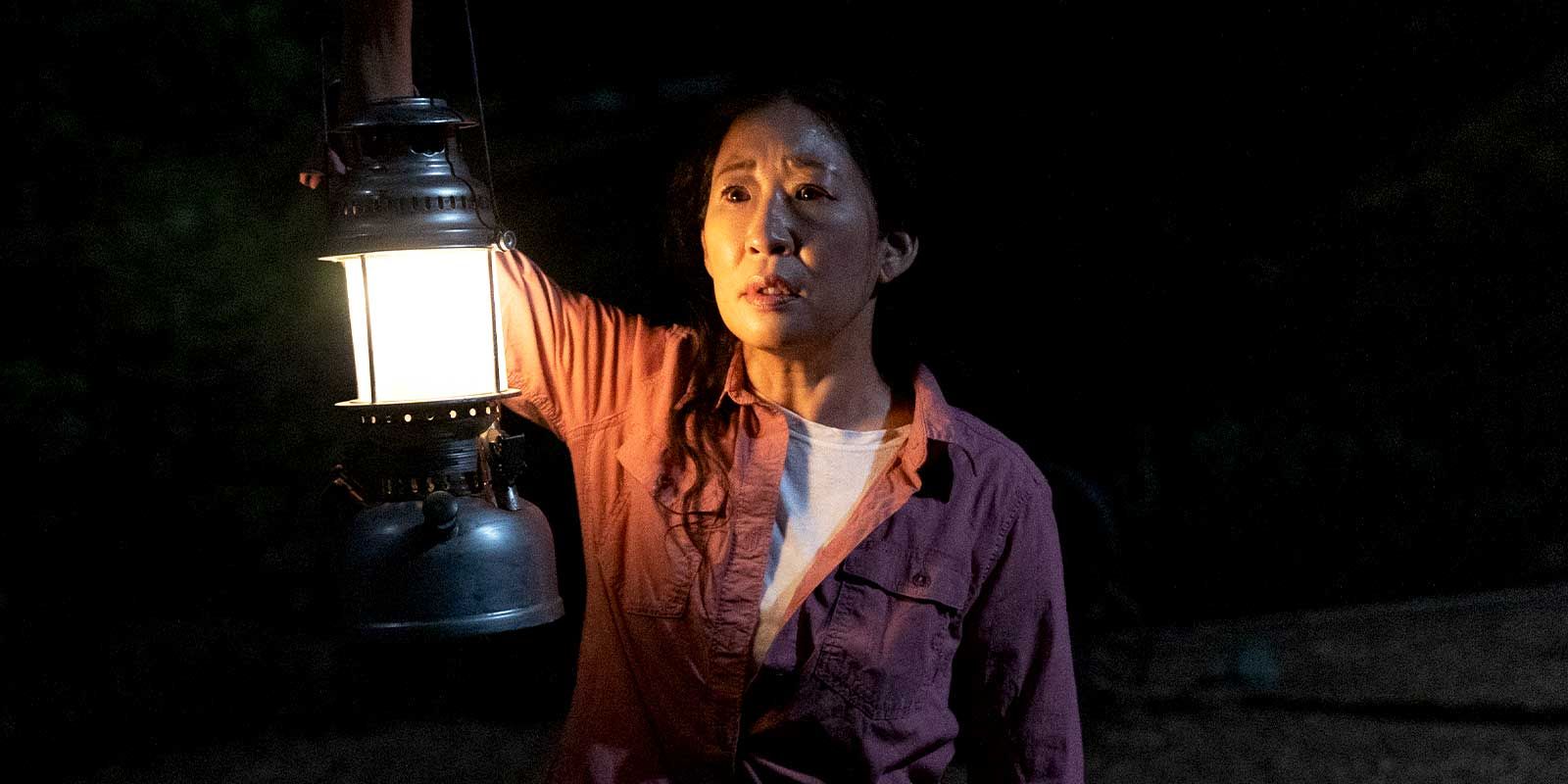Turning Red
Sandra Oh has compared herTurning RedandUmmaroles , signal to how both explore complex mother - girl relationship in the Asiatic American biotic community . On the surface , these two motion-picture show seem jolly different - one is an animated family - friendly Pixar movie , while the other is a PG-13 supernatural revulsion film . However , bothTurning RedandUmmawere lead by femalecreative team and both talk affectingly to the Asian American community of interests .
wrench Redpremiered on Disney+ on March 11 and is a coming - of - old age taradiddle that follows 13 - year older Meilin " Mei " Lee ( Rosalie Chang ) . While Mei is face all the distinctive trials of being a 13 - twelvemonth - old , her situation is a morsel more complicated due to the fact that she turns into a giant cherry-red panda every time she is flighty or stressed . Her female parent , Ming Lee ( Oh ) require Mei to keep her Ailurus fulgens hide , while Mei seek to cover it as part of who she is . Meanwhile , Ummafollows Amanda ( Oh)and her daughter Chris ( Fivel Stewart ) whose quiet life on an isolated farm is disrupt when they are haunted by the ghost of Amanda ’s estranged mother .
Related : Is Priya Queer ? Turning Red May Have Pixar ’s 2nd LGBTQ+ Character

In an consultation with theLos Angeles Times , Oh compared the characters she toy inTurning RedandUmma . Oh explicate how both films explored a very complicated trueness bind that exists in many Asiatic American communities . In Asiatic American culture , respect is highly esteem and daughter often struggle with wanting to please their parents , but also wanting to conk out free . In both motion picture , as a female parent , Oh stress to pull her girl into safety - whether that is in a temple or an isolated farmhouse . While she comes across as swaggering , it is really just her care to protect her daughter that foster her actions . curb out her command below :
There ’s also a specifically Asiatic American , very complicated loyalty bind — by all odds in “ Umma , ” but also in “ Turning Red ” — that I think many of us get into and have to pass through , if we have been able to have good relationships with our parent . There is so much sexual love there and so much expectation . And it ’s unmanageable for us to translate to other mass who might not grow up in the same finish how difficult it is to say “ no ” or to disappoint our parents . It ’s our own specific battle . One of the images that I love the most that actually brought me to teardrop hear “ Turning Red ” was when Meilin as a Ailuropoda melanoleuca was adjudicate to leave the temple , and her female parent , her father , grandma and all her aunties are trying to pull her back in … It ’s like when everyone you love who you know love you is trying to keep you safe , and you hump all these thing but you need to break away . You need to follow your own panda . These metaphors ! It ’s very well-defined that , say in “ Umma , ” Chris very classically want to go to school and ask to find her independency . And Amanda has set up the style that they ’re going to just survive together , the eternal sleep of their life history , on a bee farm ! [ Laughs ] It ’s like it was fun for a while , but now Chris needs to separate .
There are also many other parallels betweenOh ’s characters inTurning RedandUmma . In both films , the mother portrayed by Oh are strong on their daughters and have very high expectations . However , they pretend not to realise their daughter ' struggles and pushback , despite both enshroud their own hard relationships with their mother . Both , to some extent , venerate their mothers and have convolute relationship with them , yet , both made the same mistake when they became mothers of their own kid . It further cements how , disregarding of one ’s experiences , one ’s civilization and maternal instincts are passed down from generations and unmanageable to let go of . However , there is always still hope , as both of Oh ’s mother characters study to rent go of their visual modality of their daughter .

Overall , the similarities between Oh’sTurning RedandUmmacharacters are not a coincidence . Both films are labor that seek to bring healing to those in the Asiatic American community who have suffered difficult mother - daughter relationships . to boot , it is a dynamic that exist in many other community , as well . A mother ’s arithmetic mean for her daughter to be an look-alike of perfection is one that many girls have suffered under . However , now , films likeTurning RedandUmmaare broaching the subject in a way that attract to both young and old audiences . Oh ’s roles inTurning RedandUmmaspeak deeply of the pauperism for mothers to let their daughters hold out their own lives and of the impairment that can go on if they do not .
More : Turning Red : Does Miriam Like Mei ? Turning Red Theory Explained
rootage : Los Angeles Times


